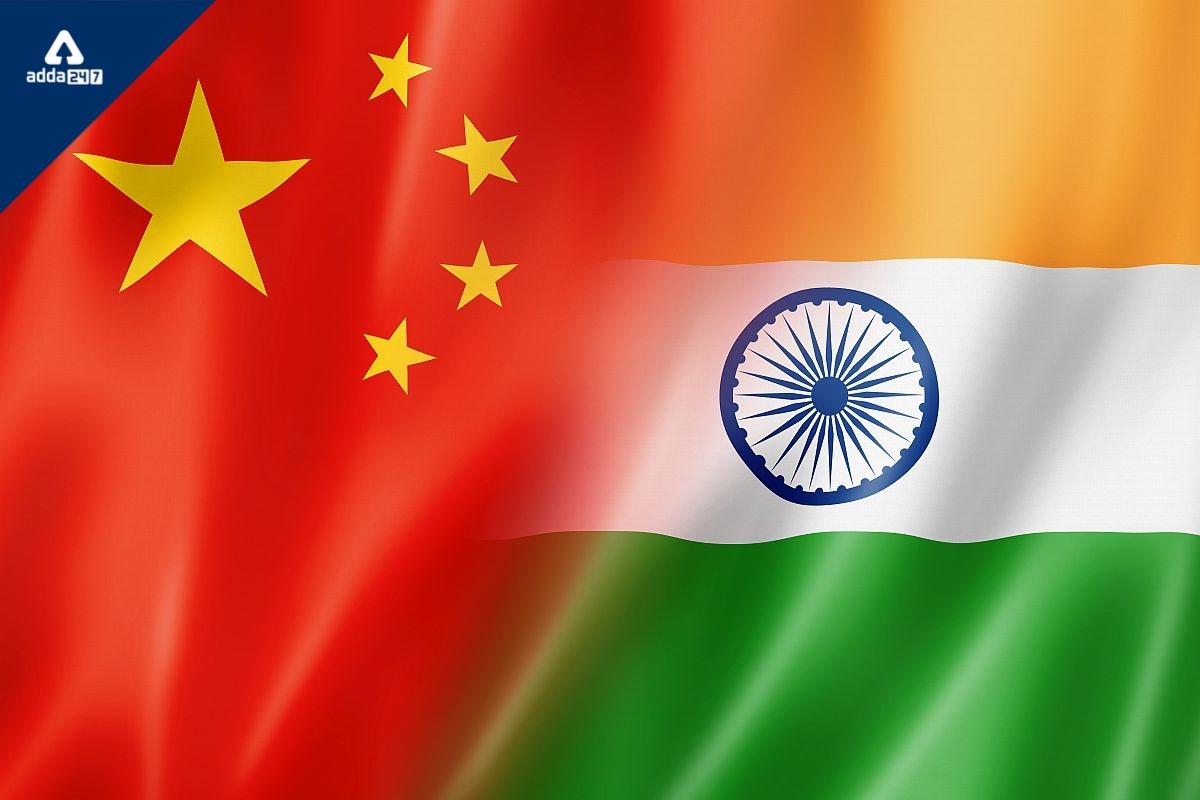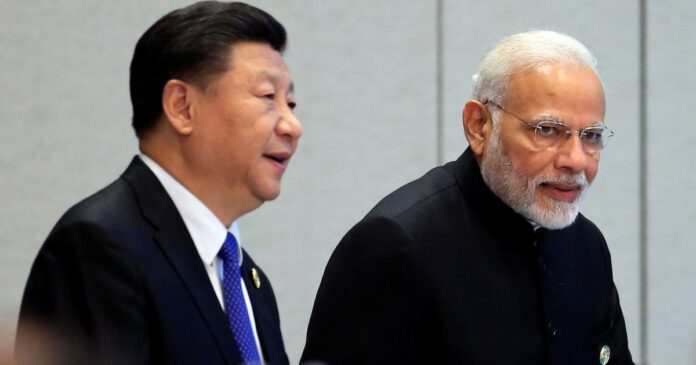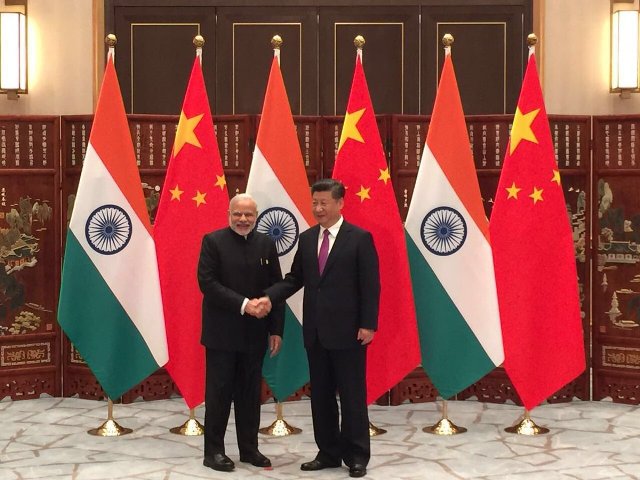China and India are the two most populous countries and the fastest-growing major economies in the world. Economic growth has always fluctuated the significance of their bilateral relationship. Both countries are ancient civilizations and share a common interest in many fields.
POLITICAL RELATIONS
Starting from the beginning, India was the first non – socialist bloc country to establish diplomatic relations with the People’s Republic of China. After 1950, in 1962, there was a border conflict, and that adversely impacted the relations between the two countries. In 1988, the then Prime Minister, Mr. Rajiv Gandhi visited China, and the landmark visit improved the bilateral ties again. In 1993, the then Prime Minister, Mr. P. V. Narasimha Rao visited China, and there was a signing of an agreement on the maintenance of Peace and Tranquility on the Line of Actual Control (LAC).

TRADE RELATIONS
In a recent speech made by our Honorable Prime Minister, Sri Narendra Modi, he noted that India and China are global economic powers during most of the last 2000 years. India and China have shared good trade relations since ancient times following the Silk Road. In 2000, the volume of trade was around $ 3 Billion USD. In 2008, the volume of trade was around $ 51.8 Billion USD. In 2011, the volume of trade was US $ 73.9 Billion. In the last two decades, they have shared a smooth trade relation, but there has been depreciation in relations because of reasons like :
- Recently, China has made new policies regarding the manufacturing sector, and there has been a trade deficit for India with China. India was the 7th largest export destination for Chinese products and 27th largest exporter; this figure explains the whole scenario.
- String of Pearls – China is trying to establish its military and commercial activities in the Indian Ocean and trying to encircle India. With its presence in Hambantota Port, Sri Lanka and Qandahar, Pakistan, it is trying to establish its dominance in the Indian Ocean region.
- India is trying to restrict China’s monopoly over the South China Sea because it is one of the main routes for trade with India.

CULTURAL RELATIONS
Cultural exchanges strengthen the soft power between the two countries.In ancient times, between 1500 – 1000 B.C., there was a cultural exchange between Shang Zhau and Ancient Vedic Civilization. Buddhist pilgrims and monks used to travel to China, and Chinese pilgrims also used to visit India through Silk road that was also a significant trade route.
There was co-production of movies that takes place even today. In the 1960s and 1970s, Bollywood movies were very famous in China. In 2016, there was a Chinese Indian historical adventurous film co-produced for the first time on the life of Xuan Zang.
Yoga is also a result of cultural exchange between the two countries, as China is one among the co-sponsors of the UN Resolution designing 21st June as International Day of Yoga.Today, more than 35,000 Indians resides in China, especially the students pursuing Medical.
There are significant number of People of Indian Origin working in different Multi-National Companies in China. India and China have always shared common interests in many fields like the signing of Panchsheel Agreement in 1954 and are also a part of Regional Cooperations like BRICS, SCO and G20. They also have worked together for the development of Asia.
DETERIORATING RELATIONS
Still, no one could deny the fact that there have been border disputes which have resulted in 3 military conflicts
- Sino – Indian War of 1962
- Nathu La and Cho La Clashes of 1967
- Sino – Indian Skirmish of 1987
There have also been territorial disputes regarding Aksai Chin, Arunachal Pradesh and the recent 2017, Doklam Standoff.
Good relations between China and Pakistan has generated security concerns for India. China is making huge investments for infrastructure projects in Pakistan, including the China Pakistan Economic Corridor (CPEC) and certain advanced naval warships. China is also selling advanced weapons to Pakistan.
After Pulwama Terror Attack, March 2019, China blocked India’s proposal at the UN to list Masood Azhar as a global terrorist by using its veto power. Despite 14 countries of the United Nations Security Council being in favour of it. The reason is that if it happens, then, India would take another step to seek labelling of Pakistan as State Sponsor of Terrorism. China could not let this happen, as China has economic ties with Pakistan.
There have been efforts made by the Indian and Chinese government in the recent past to improve the bilateral relations between the two countries like :
- India and China Wuhan Summit
This informal summit took place in April 2018 in Wuhan also known as Chicago of China. Important issues on trade and economies were discussed. For the first time, China agreed to balance the trade and open door for India’s export. China even proposed to develop industrial parks in India on a large scale. It was also decided that India and China would undertake joint economic projects in Afghanistan.
- India-China Informal Summit at Tamil Nadu
In a recent development in India-China ties, an informal summit took place in Mamallapuram, Tamil Nadu between the two countries. There were multiple sessions organised spread over 2 days. Our Honorable Prime Minister, Sri Narendra Modi stated that New Era of cooperation would begin through Chennai Connect.
It was also claimed that following the first informal meeting in Wuhan, strategic communications between the two countries increased. The two countries mutually decided to manage the differences regarding trade and economic issues.
External Affairs Minister S Jaishankar said India intends to ‘progress relations with China’. The recent two days informal summit in Tamil Nadu shows that even the Chinese Government wants the same because that is the best way to move forward for both the countries. Both Countries aren’t merely connected by economic motive but are also connected historically. They are trying to improve relations for mutual benefit for a better future together, also resulting in extensive developments in Asia.


